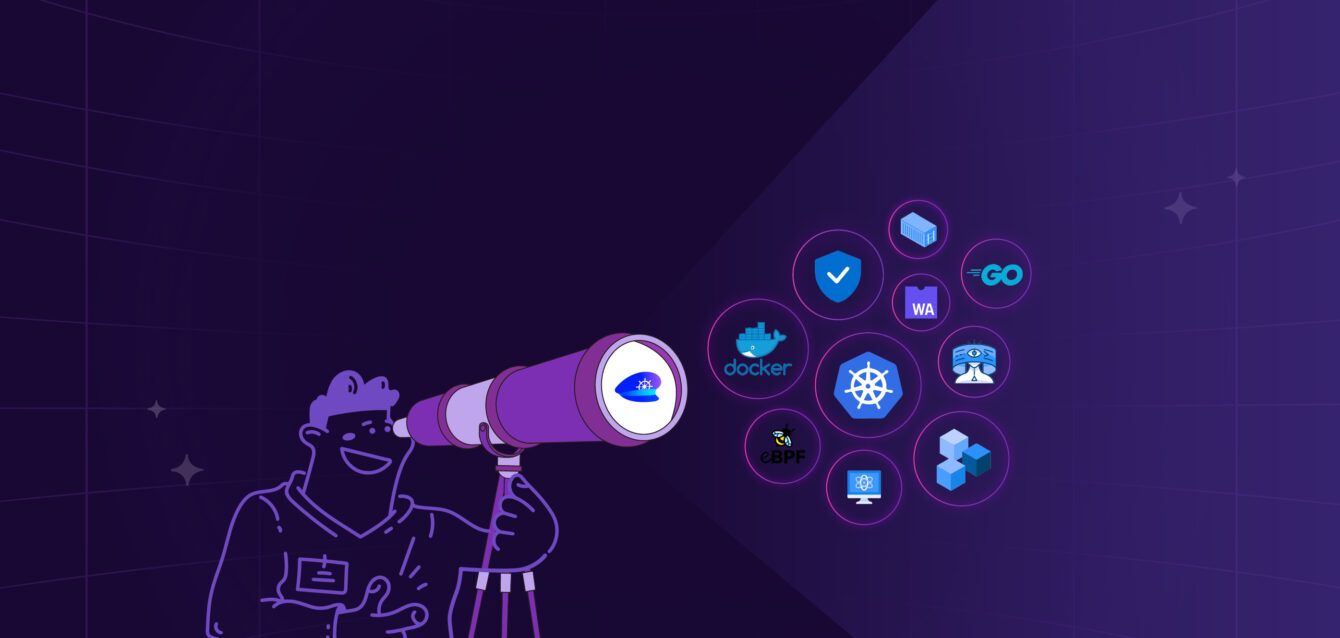Businesses that remain stagnant risk falling behind the curve. What was once considered groundbreaking may now be teetering on the brink of obsolescence. This rings especially true for legacy applications that stymie innovation. As applications age, they become less reliable and are prone to instability. For any organization aspiring to remain relevant and effective, both now and in the future, application modernization stands as a crucial step.
Need for App Modernization – Adapting for Today’s Demands
As uncertainties (pandemics and economic fluctuations) shape our reality, applications from a decade ago might not sufficiently meet the complexities and needs of today’s dynamic market. Modern applications empower businesses to be nimble, swiftly adapting to evolving needs without the need for substantial overhauls.
Long-term Sustainability
Modernizing applications not only prolongs their lifespan but also enhances their long-term sustainability and allows integration into the expansive digital ecosystem to capitalize on services and capabilities. These applications seamlessly integrate with technologies such as AI, IoT, and cloud services—a feat nearly unattainable for outdated systems.
Customer Expectations
Additionally, today’s consumers expect fast, user-friendly, and adaptable apps. Achieving this through legacy applications would require specialized maintenance and higher long-term expenses.
Business Decision Making
Not only is modernization important for sustenance, but it’s also equally important for business decision making. Modern applications serve as repositories of invaluable data. Through modernization, businesses gain access to this data, leveraging analytics, machine learning, and AI to derive insights that inform strategic decisions.
Modernization Advantages – Driving Business Growth & Security
Application modernization extends beyond mere software updates; it is an integral component of a comprehensive digital transformation strategy. Businesses should view it as a pivotal step toward a fully digitalized enterprise, capable of streamlining every operational process.
For Businesses
Become a Forward-Thinking Business
Using outdated systems can position a company as behind the times and unreliable, whereas a modern application signals a forward-thinking business in tune with user needs. Today’s talent leans towards tech-savvy employers adopting modern technologies, making up-to-date applications appealing to top-tier professionals.
Supercharge Business Efficiency & Savings
Modernization reaps direct benefits for businesses that extend beyond application revamping or talent retention, creating a ripple effect of enhanced productivity, streamlined processes, and heightened competitive edge. While it demands an initial investment, the subsequent decrease in maintenance, downtime, and improved efficiency results in long-term cost savings.
For Security
Security Measures and Resilience
Modern applications come equipped with proactive threat detection and mitigation tools, fortifying defense against risks while offering robust backup and disaster recovery solutions to ensure uninterrupted business continuity amid unforeseen challenges. Additionally, by harnessing AI capabilities, these applications predict and detect threats through pattern analysis, further strengthening their proactive defense mechanisms.
Collaboration and Efficiency
Prioritizing collaboration, modern applications foster seamless teamwork despite physical separation. By integrating automation, they streamline operations, cutting down manual tasks and boosting efficiency.
Ongoing Support and Authentication
Continuous vendor support, updates, and patches take precedence in modern applications, unlike with older systems that struggle due to waning support. Following the “never trust, always verify” approach, modernized applications authenticate, authorize, and encrypt every access request, diminishing vulnerability to attacks.
Advanced Authentication and Data Security
Modernization allows for leveraging biometrics, multi-factor authentication, and sophisticated user verification methods. Incorporating advanced encryption and data masking as inherent features, these applications safeguard information, making breaches unreadable.
Future-Ready Integrations: Advancing Through Modern Applications
Blockchain Integration
Modern applications are designed to integrate with blockchain technology, tapping into its decentralized and immutable features. This integration offers many advantages such as ensuring secure transactions, enabling transparent supply chains, and maintaining tamper-proof records.
Quantum Readiness
Modernization can prepare apps for quantum computing by integrating quantum-resistant algorithms, thereby ensuring sustained security even in the face of potential vulnerabilities within specific encryption methods.
XR Integration
With the capability to support or integrate with XR platforms like virtual and augmented reality, modernized applications pave the way for potential revolutions in sectors such as real estate, healthcare, education, and entertainment by offering immersive experiences.
WebAssembly Implementation
Modernization enables the use of WebAssembly, empowering high-performance applications to function in browsers, resulting in accelerated and more efficient operations.
Extended Berkeley Packet Filter (eBPF)
Businesses embracing modernization can leverage eBPF, enabling safe and customizable kernel-level programmability that yields significant advantages in networking, security, and tracing.
MicroVM Optimization
MicroVMs provide a streamlined approach for modern applications, offering lightweight, resource-efficient capabilities that lead to quicker function invocations. Their importance becomes evident, particularly in serverless computing environments where their optimization is crucial for smooth operations.
Key Strategies of App Modernization
Strategic Framework Selection
Choose between microservices, containerization, or serverless based on specific objectives—prioritize agility and independent deployment for modernization.
Microservices for Modular Agility: Embrace a microservices architecture for its modular approach, enabling greater agility, scalability, and the ability to deploy services independently. This shift allows for enhanced development speed and easier maintenance.
Containerization with Docker: Utilize Docker and containerization to package applications along with their dependencies. This ensures consistent environments across the development lifecycle, simplifying deployments and scalability while maintaining reliability.
Serverless for Focused Development: Consider serverless computing, leveraging cloud providers to manage server infrastructure. This approach allows businesses to focus solely on coding.
Strategic Alignment with Objectives
Evaluate frameworks based on scalability, maintenance ease, cost-effectiveness, and development speed. Assess their support for modularity, scalability, and adapting to evolving needs. Consider hybrid approaches where a mix of microservices, containers, and serverless computing can offer comprehensive solutions. This allows for flexibility and optimization based on application requirements. Choose the framework that aligns best with immediate and future goals.
Integration and Compatibility
Evaluate how well each framework integrates with existing systems, tools, and technologies within the organization. Smooth integration ensures a seamless transition and interoperability.
Application modernization isn’t a passing trend; it’s a strategic investment that secures a business’s relevance for the long haul. Yet, this journey is multifaceted and demands careful consideration. Streamlining this process is crucial—a solution that simplifies complexities can pave the way for sustained future relevance and success. Capten automates backend development… automates backend development and embeds in-built security measures. Developed by experts advocating for cloud-native adoption, Compage seamlessly scales alongside businesses according to their evolving needs.
Learn more on how Compage can assist you on your app modernization journey by filling out our contact form . Be sure to follow us on LinkedIn to stay updated with insights and product capabilities.



